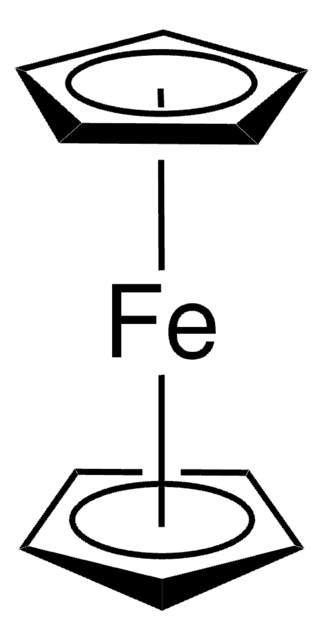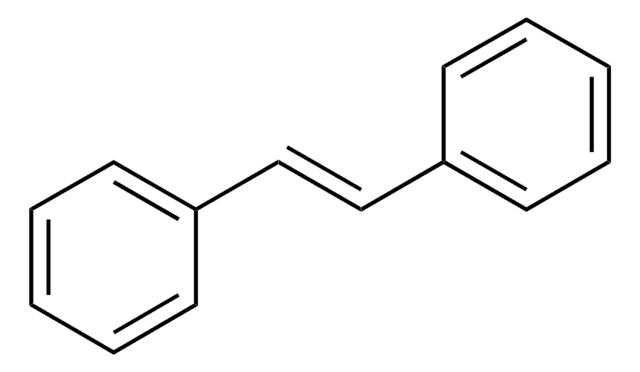M1550000
Methylene chloride
European Pharmacopoeia (EP) Reference Standard
Synonim(y):
Dichloromethane, Methylene chloride
About This Item
Polecane produkty
klasa czystości
pharmaceutical primary standard
gęstość pary
2.9 (vs air)
ciśnienie pary
24.45 psi ( 55 °C)
6.83 psi ( 20 °C)
temp. samozapłonu
1223 °F
granice wybuchowości
22 %
producent / nazwa handlowa
EDQM
współczynnik refrakcji
n20/D 1.424 (lit.)
tw
39.8-40 °C (lit.)
mp
−95 °C (lit.)
gęstość
1.325 g/mL at 25 °C (lit.)
Zastosowanie
pharmaceutical (small molecule)
format
neat
ciąg SMILES
ClCCl
InChI
1S/CH2Cl2/c2-1-3/h1H2
Klucz InChI
YMWUJEATGCHHMB-UHFFFAOYSA-N
Szukasz podobnych produktów? Odwiedź Przewodnik dotyczący porównywania produktów
Opis ogólny
Zastosowanie
Opakowanie
Inne uwagi
Hasło ostrzegawcze
Warning
Zwroty wskazujące rodzaj zagrożenia
Zwroty wskazujące środki ostrożności
Klasyfikacja zagrożeń
Carc. 2 - Eye Irrit. 2 - Skin Irrit. 2 - STOT SE 3
Organy docelowe
Central nervous system
Kod klasy składowania
6.1D - Non-combustible, acute toxic Cat.3 / toxic hazardous materials or hazardous materials causing chronic effects
Klasa zagrożenia wodnego (WGK)
WGK 2
Temperatura zapłonu (°F)
does not flash
Temperatura zapłonu (°C)
does not flash
Wykazy regulacyjne
Wykazy regulacyjne dotyczą głównie produktów chemicznych. Można w nich podawać ograniczoną liczbę informacji na temat produktów niechemicznych. Brak wpisu oznacza, że żaden ze składników nie znajduje się w wykazie. Użytkownik odpowiada za zagwarantowanie bezpiecznego i zgodnego z prawem stosowania produktu.
EU REACH Annex XVII (Restriction List)
Wybierz jedną z najnowszych wersji:
Certyfikaty analizy (CoA)
Przepraszamy, ale COA dla tego produktu nie jest aktualnie dostępny online.
Proszę o kontakt, jeśli potrzebna jest pomoc Obsługa Klienta
Masz już ten produkt?
Dokumenty związane z niedawno zakupionymi produktami zostały zamieszczone w Bibliotece dokumentów.
Klienci oglądali również te produkty
Nasz zespół naukowców ma doświadczenie we wszystkich obszarach badań, w tym w naukach przyrodniczych, materiałoznawstwie, syntezie chemicznej, chromatografii, analityce i wielu innych dziedzinach.
Skontaktuj się z zespołem ds. pomocy technicznej











